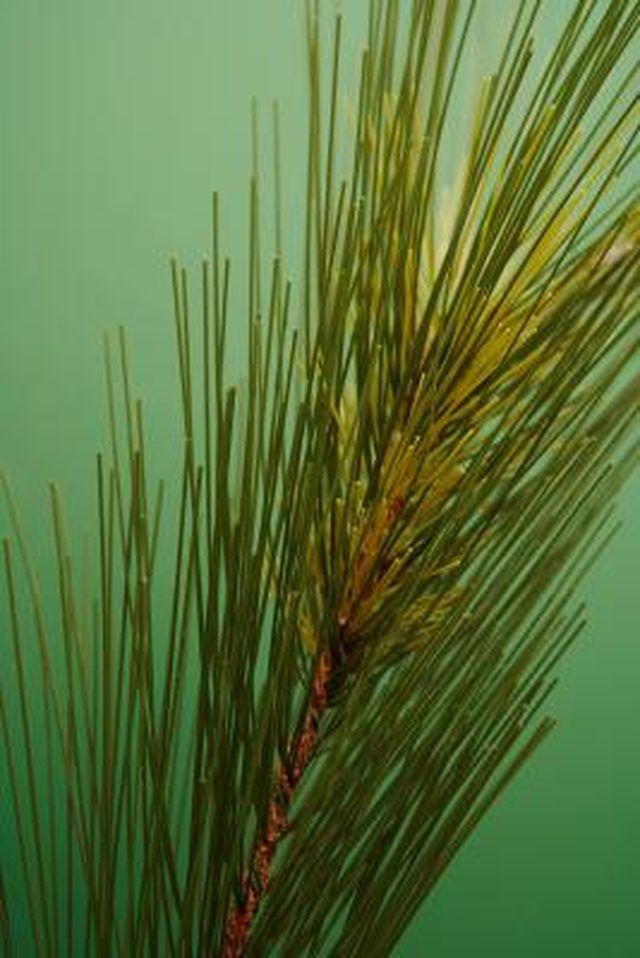Bulbs
Flower Basics
Flower Beds & Specialty Gardens
Flower Garden
Garden Furniture
Garden Gnomes
Garden Seeds
Garden Sheds
Garden Statues
Garden Tools & Supplies
Gardening Basics
Green & Organic
Groundcovers & Vines
Growing Annuals
Growing Basil
Growing Beans
Growing Berries
Growing Blueberries
Growing Cactus
Growing Corn
Growing Cotton
Growing Edibles
Growing Flowers
Growing Garlic
Growing Grapes
Growing Grass
Growing Herbs
Growing Jasmine
Growing Mint
Growing Mushrooms
Orchids
Growing Peanuts
Growing Perennials
Growing Plants
Growing Rosemary
Growing Roses
Growing Strawberries
Growing Sunflowers
Growing Thyme
Growing Tomatoes
Growing Tulips
Growing Vegetables
Herb Basics
Herb Garden
Indoor Growing
Landscaping Basics
Landscaping Patios
Landscaping Plants
Landscaping Shrubs
Landscaping Trees
Landscaping Walks & Pathways
Lawn Basics
Lawn Maintenance
Lawn Mowers
Lawn Ornaments
Lawn Planting
Lawn Tools
Outdoor Growing
Overall Landscape Planning
Pests, Weeds & Problems
Plant Basics
Rock Garden
Rose Garden
Shrubs
Soil
Specialty Gardens
Trees
Vegetable Garden
Yard Maintenance
Why Your Evergreen Shrubs Are Turning Brown
Why Your Evergreen Shrubs Are Turning Brown. When valuable evergreen shrubs turn brown, don't panic. Many evergreens drop needles naturally in fall and require no treatment. The browning or loss of needles during spring or summer, however, might indicate a serious problem.

When valuable evergreen shrubs turn brown, don't panic. Many evergreens drop needles naturally in fall and require no treatment. The browning or loss of needles during spring or summer, however, might indicate a serious problem.
Needle Drop
In fall, healthy evergreens drop older, inner needles. During unusually warm and dry summers, the condition may be more noticeable. Andy Beck, horticulture extension educator at Penn State University, suggests leaving the needles in place as mulch.
Drought and Winter Burn
Because evergreens retain their needles all winter, the plants continue to lose moisture through the needles. The frozen ground does not supply enough water to compensate and the plant dehydrates. To prevent winter dehydration, water shrubs until the first hard frost and as soon as soil temperatures reach 40 degrees Fahrenheit.
Wooly Adelgid
The hemlock woolly adelgid is an introduced insect that attacks hemlocks in the northeastern United States. It sucks fluids from the tree and causes needle loss and dieback. Look for white, cottony egg sacks. If you find them, treat the tree with a horticultural oil or an insecticidal soap immediately.